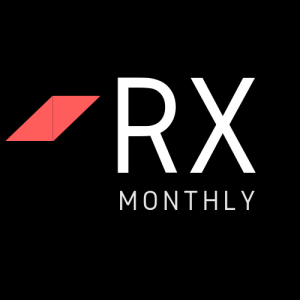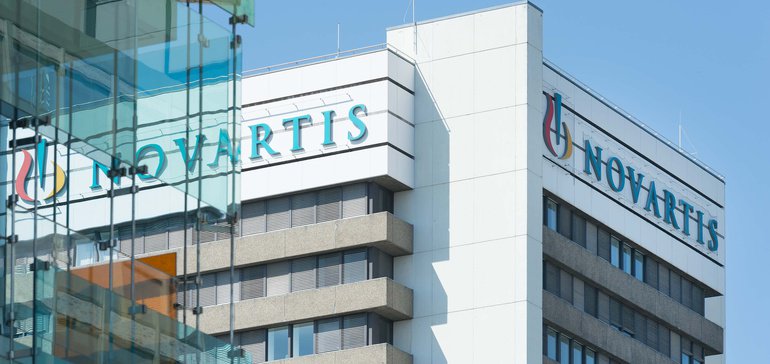By most measures, Novartis enjoyed a positive start to 2019.
Drug sales rose by 5% in dollar terms, lifted by strong performances from the Swiss pharma’s arthritis treatment Cosentyx (secukinumab) and the heart medicine Entresto (sacubitril/valsartan). Combined, sales of the two drugs totaled more than $1.1 billion and accounted for roughly two-thirds of the growth from the company’s top 20 medicines.
Core operating income from continuing operations — excluding the recently spun out Alcon unit — grew by 9%, and Novartis raised its full year guidance for the measure to high single digits.
Novartis executives, however, were questioned most closely during a Wednesday call with analysts on the company’s work in cell and gene therapy.
In gene therapy, Zolgensma (onasemnogene abeparvovec) is widely expected to secure a landmark U.S. approval in the next few weeks.
Acquired last year via an $8.7 billion deal for AveXis, Zolgensma aims to treat infants with spinal muscular atrophy Type 1, a severe form of the inherited neurodegenerative disease that often leads to death before age two. Clinical results presented to date show patients treated with the therapy experienced significant benefits, allowing some to sit without support or even stand.
But Novartis is now facing new questions on the therapy’s safety after revealing a patient death in a European study that an investigator considered possibly linked to treatment.
On Wednesday, Novartis’ Narasimhan gave further details of the case, which occurred in January. The infant in question was dosed at five months with potential aspiration pneumonia. Two weeks later, testing revealed the patient to be positive for five respiratory infections, leading to the child’s death.
Asked repeatedly about the case, the CEO noted the potential for a gene therapy delivered via adeno-associated viral vectors to exacerbate an existing stimulation of the immune system (such as from an infection).
“This is not a platform question,” Narasimhan said, describing both regulators and the data safety monitoring board for the study as “unconcerned.”
Novartis said it would have autopsy results shortly.
The case is particularly notable given the number of patients treated with Zolgensma. SMA is relatively rare, so Novartis is making its case for approval on the basis of a study that enrolled 15 patients. Across all clinical programs, 151 SMA patients have received Zolgensma, as of late March.
Safety questions aside, Novartis will also have to solve a number of commercial challenges if Zolgensma is approved, such as how much the one-time treatment will cost and how much payers might reimburse.
In cell therapy, meanwhile, sales of Kymriah (tisagenlecleucel) totaled $45 million in the first quarter, a modest figure that reflects ongoing challenges Novartis has had in selling the ex vivo treatment.
In some cases, Novartis has delivered Kymriah for free due to manufacturing issues that prevented the company from charging for the therapy.
The pharma has sought to widen commercial product specifications to match what it used in clinical testing, but the FDA has not yet approved the request. Regulators in Europe, Switzerland, Japan and Canada, by contrast, have agreed to modify the regulatory specifications.
More broadly, one analyst questioned Novartis’ commitment to cell therapy beyond the B-cell cancer types for which Kymriah is approved.
Novartis is testing Kymriah in several different settings and cancer types, but listed only one other type of CAR-T in a recent R&D update.
Narasimhan, however, emphasized the company sees CAR-T as a foundation.
“We continue to look at using ex vivo cell therapies elsewhere in hematology,” the CEO said, noting that’s part of the reason why Novartis has invested heavily in building a manufacturing network to produce the treatments.
For now, though, it’s radiopharmaceuticals — the third leg of Novartis’ bet on complex medicines — that have delivered the largest commercial boost.
Sales of Lutathera (lutetium Lu 177 dotatate), which Novartis acquired in a $3.9 billion deal in late 2017, totaled $106 million in the quarter, up from $6 million a year ago.








